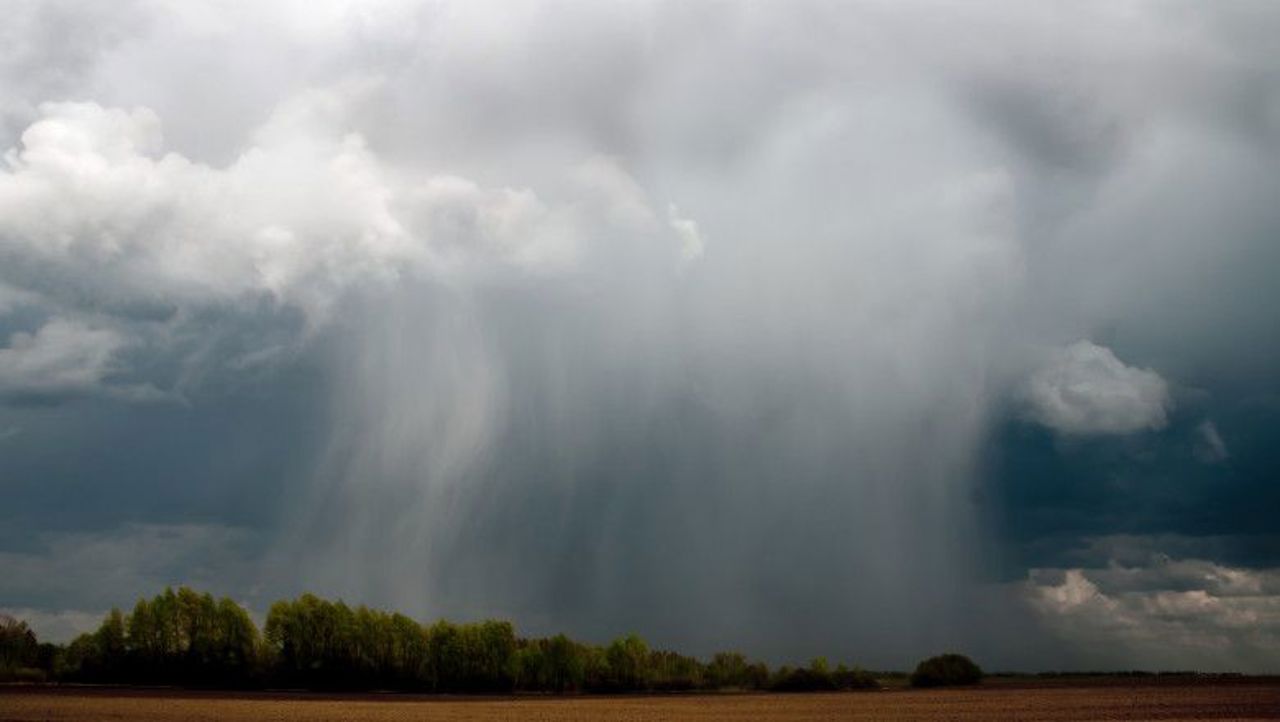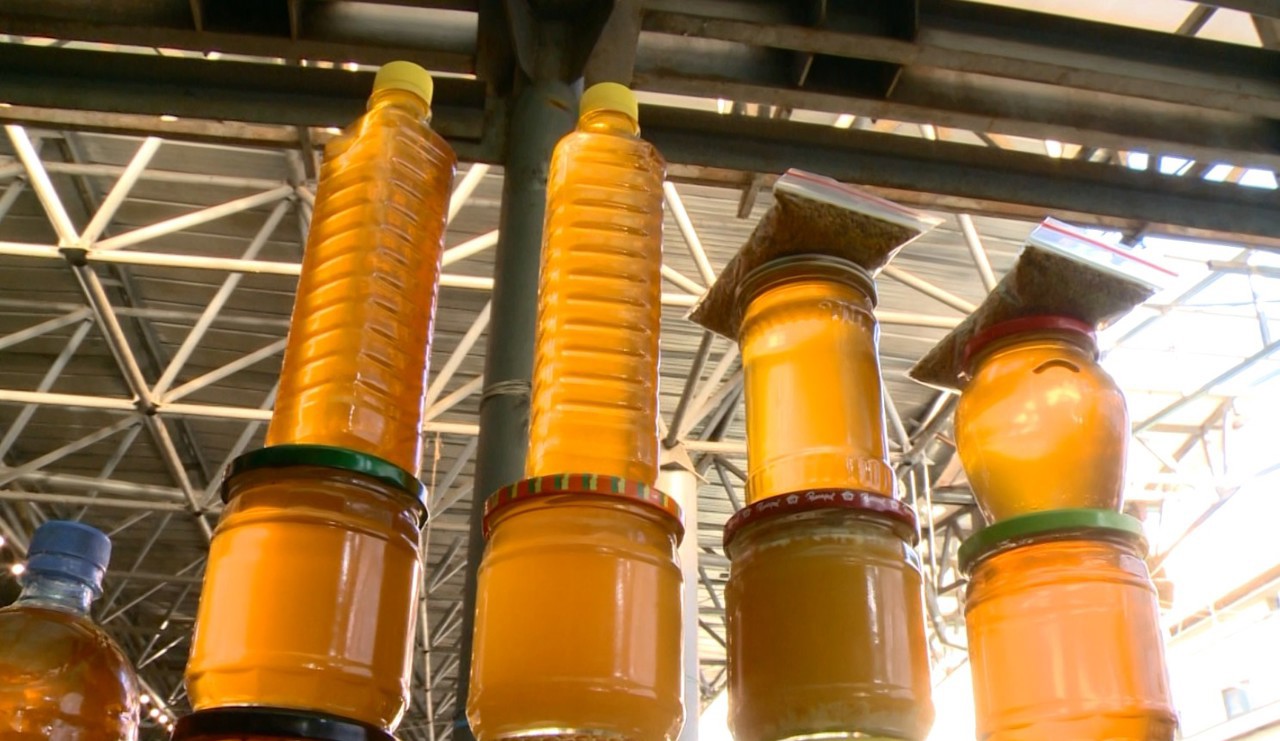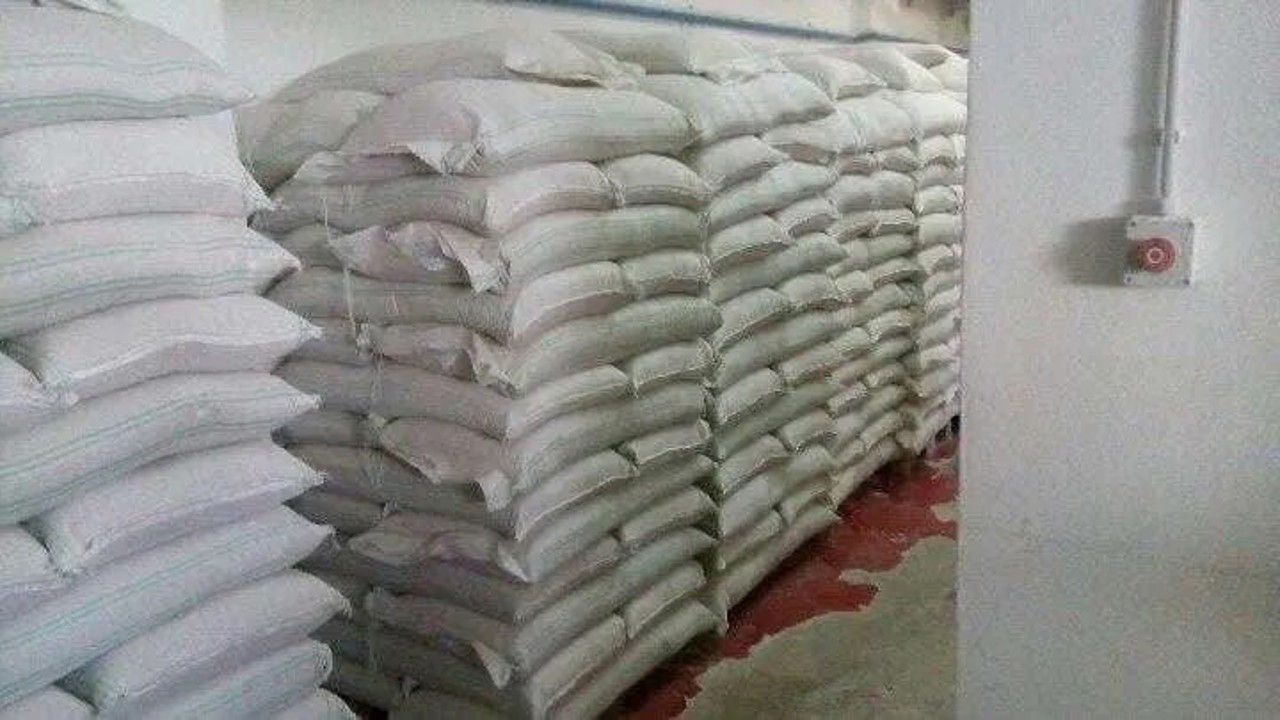Moldova's Pursuit of Artificial Rainfall: Agriculture Ministry Leads Collaborative Effort
The Republic of Moldova is exploring the possibility of generating artificial rainfall to aid farmers in mitigating the effects of drought, as announced by officials from the Ministry of Agriculture on Radio Moldova.

This innovative technology entails outfitting drones with chemical substances, such as salt or various salt mixtures, dispersed into clouds to induce precipitation. The process involves promoting condensation within the clouds, thereby triggering rainfall.
Vasile Șarban, the state secretary at the Ministry of Agriculture, revealed plans for the development of drones specifically designed to stimulate rainfall in cloud systems lacking natural precipitation. These drones will be equipped with chemical agents that, upon interaction with the catalytic clouds, will facilitate rain formation. This initiative, undertaken in collaboration with experts from Romania, is currently in its initial stages.
"We aim to expand this initiative across the territory of the Republic of Moldova. Consequently, we are in the process of developing domestically produced drones for this purpose. Cartridges containing the active reagents have already been imported for installation on these drones. We are awaiting the completion of final drone tests to ensure the engine's durability and establish a minimum trajectory. Subsequently, we will proceed directly to conducting field tests," stated Vasile Șarban.
Romania has already successfully implemented similar precipitation-inducing technology over the past two years, albeit through aviation means. This experience is expected to contribute to enhancing the resilience of Moldova's agricultural sector against drought conditions.
However, ecologist Anatolie Prohnițchi cautioned against the potential environmental risks associated with the use of chemical substances to generate artificial rainfall, particularly emphasising the adverse effects on human health. He advocated for the cautious application of such technology, reserving its use for exceptional circumstances, such as extreme drought conditions.
It is noteworthy that this technology is being employed in numerous countries worldwide, including the United States, China, and India. Pakistan notably utilised artificial rainfall to disperse smog in Lahore, one of the world's most polluted cities. Similarly, the United Arab Emirates increasingly employs cloud seeding techniques to induce artificial rainfall in arid regions affected by drought. The pioneering experimentation with this phenomenon dates back to 1931 in Romania, initiated by physicist Ștefania Mărăcineanu.
Translation by Iurie Tataru





